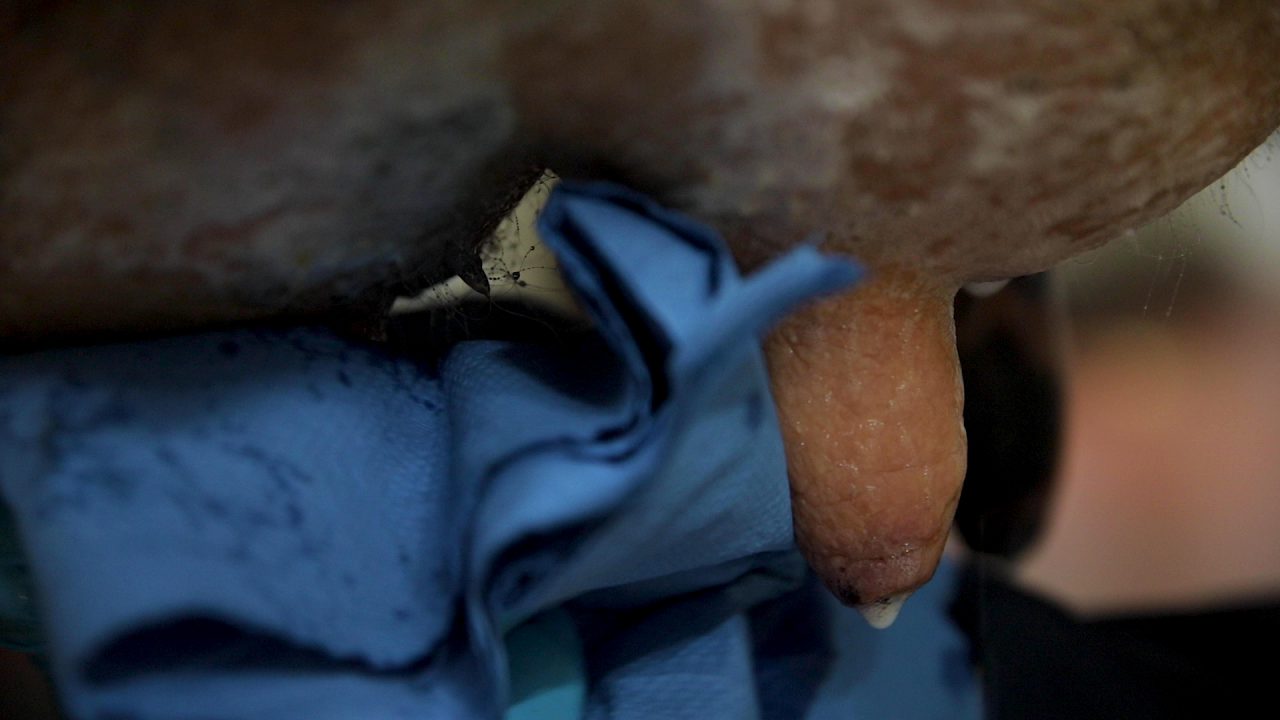September signals the beginning of the final third of spring-calving herds’ lactation cycle and the winding down of production, towards drying-off cows.
In a few months time, farmers will be drying-off cows as they prepare for the 2022 calving season.
From January 2022, blanket usage of antibiotics at drying-off will not be allowed, so this year is the last chance farmers have to trial selective dry cow therapy (SDT) before they will – most likely – have to use it.
Protecting healthy cows
Cows are entering the final third of the lactation cycle and preventing an infection at this stage is important.
Some farmers that have completed milking recording during the year will be selecting cows that may be suitable for SDT.
But, it is important that the cows that may be suitable are protected and that their somatic cell count (SCC) does not rise between now and drying off.
On a recent Munster Bovine milk recording webinar, Denis Howard, a veterinary surgeon with Munster Bovine, spoke about the importance of protecting low SCC cows in the lead up to drying off.
Denis recommended that: “You should continue to use post milking teat spray and maintain a good milking routine.
“Identify high SCC cows and take preventive measures to prevent them from spreading bacteria to low SCC cows”
Denis suggested using a California mastitis Test (CMT) to identify which quarter is the issue and if treatment has not worked, that you should consider drying-off that quarter.
Another measure Denis recommended to prevent the spread of bacteria is cluster dipping after a high SCC cow has been milked.
SDT
Also on the webinar was Dr. Doreen Corridan, the recently appointed new chief executive officer (CEO) of Munster Bovine, who commented on what considerations farmers could take into account before using SDT.
Dr. Corridan has been the head of technical and on the senior management team of Munster Bovine since 2007, before taking up the role of CEO on August 23.
Dr. Corridan stated: “It is important that farmers ensure that their herd is suitable for SDT before selecting cows that may be suitable.
“You should determine what the cure rate was over the dry period last year and if the cure rate was poor, SDT should not be done.
“The second thing farmers should be looking at before choosing to carry out SDT is ensuring that there is a cubicle space for each cow,” she continued.
“These factors need to be determined before SDT is considered on farms.
“If you don’t have a cubicle per cow and your cure rate was not good last year, forget about using SDT for now.
“However, if both of those are right by all means try it, but in the first year only do 5-10% of the herd and pick your sure bets.
“Cows that have had a really low SCC all year, young cows with no teat damage and that are calving early,” Dr. Corridan concluded.
